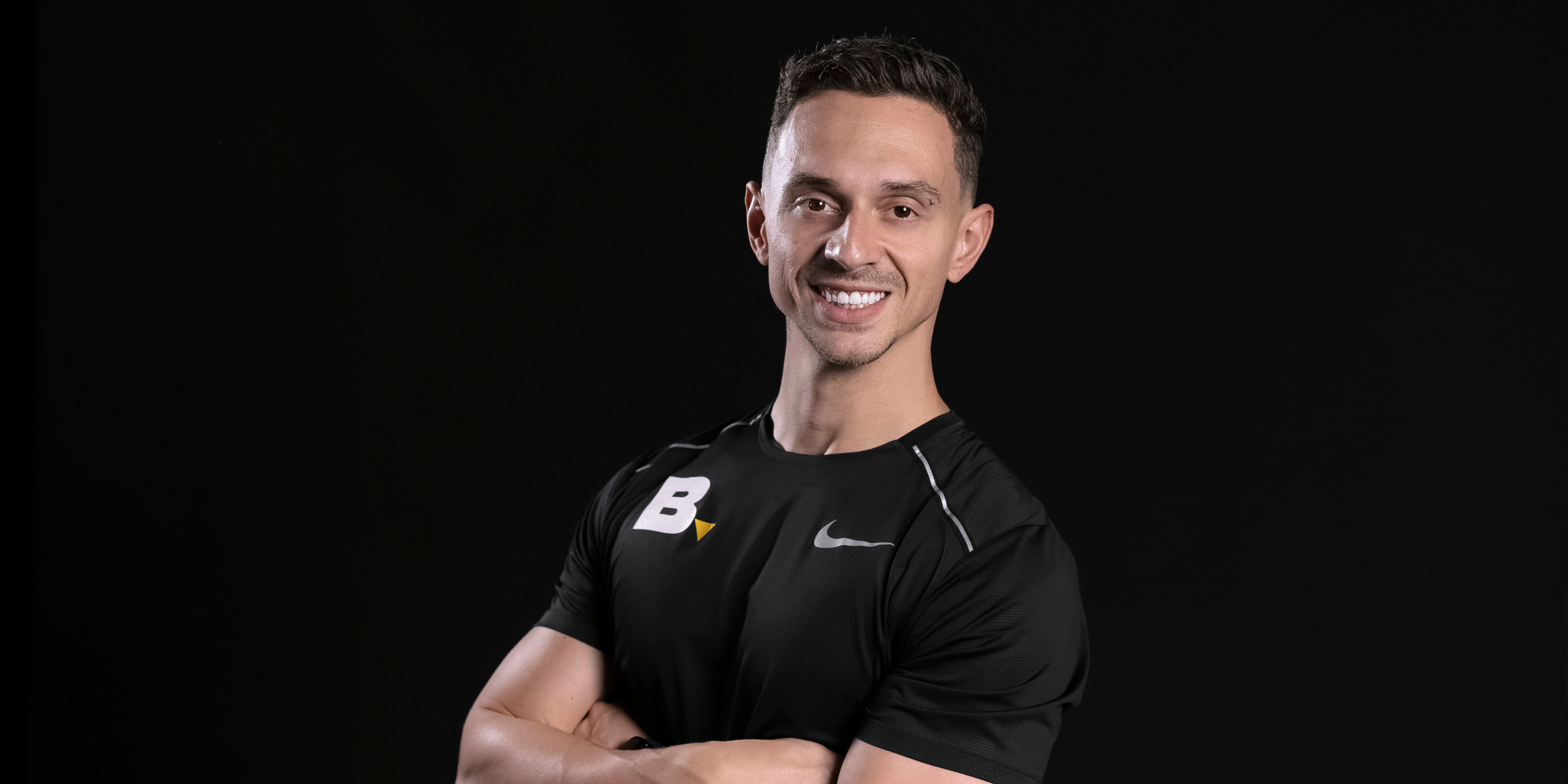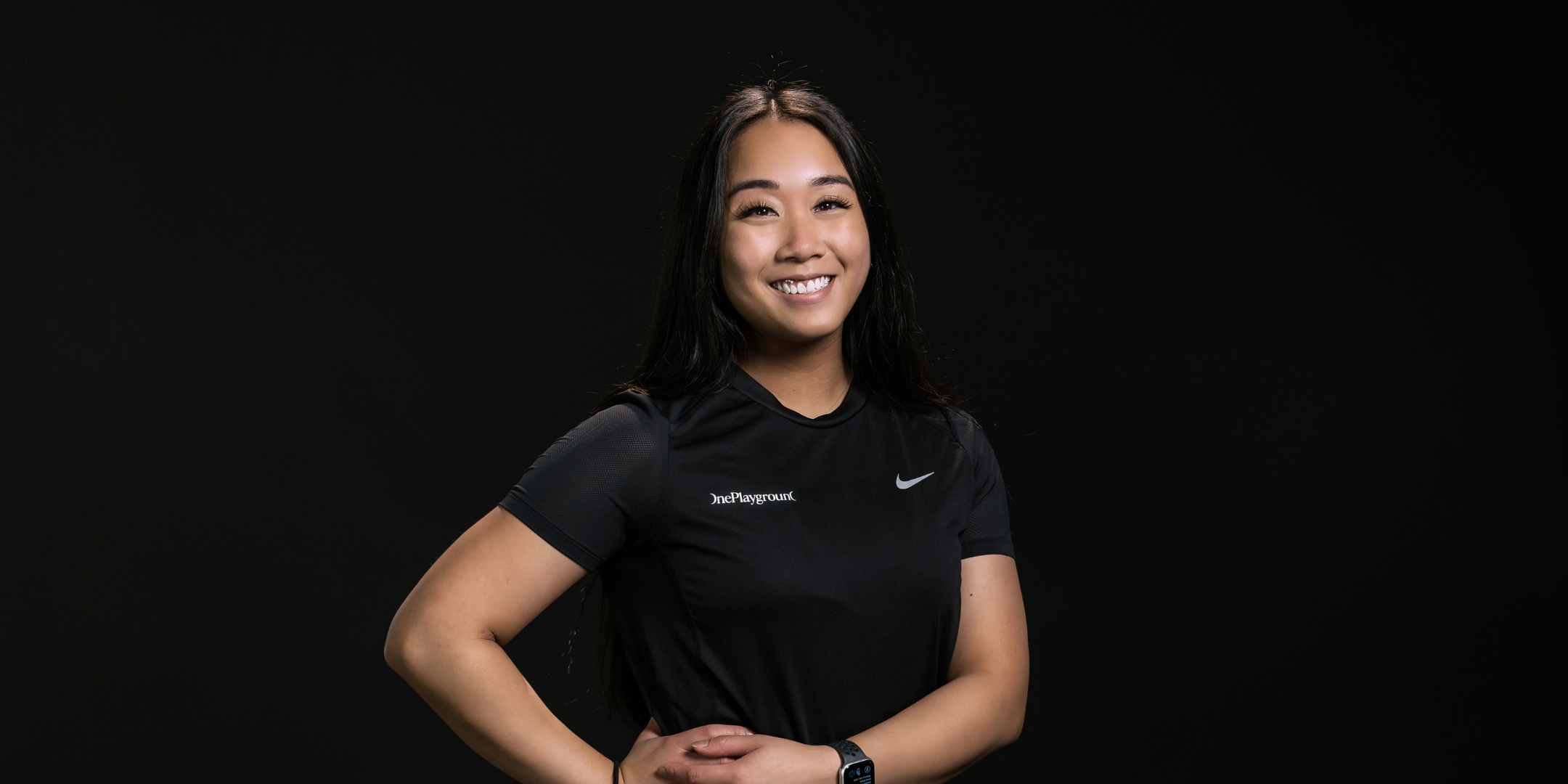Something I’ve always struggled with has been building out an impressive chest.
By “impressive” I’m not referring to overall size or strength, I’m talking width where the outer and lower borders are built out and defined like Arnie in The Terminator.
Throughout my research on getting a wider chest, I found that a lot of information out there will tell you that you can’t target specific areas of your chest. Well, lucky for you (and me), this is far from the truth.
I’m going to take you through 3 steps that will tell you how to target those outer areas and get your chest wider.
But first, here’s a quick anatomy lesson for you to throw at anyone who tells you you can’t target specific areas of your chest.
The Thorax: A quick anatomy lesson
The muscle fibres in our chest don’t all run in the same direction, they don’t even have the same anatomical attachments.
There are three directions your chest muscles run:
-
- Low to high – Fibres of the upper chest originate from the clavicle and run downwards to attach to our upper arm
- High to low – Fibres that originate from our lower chest and run up to attach to our upper arm (high to low)
- Inner to outer – Fibres originating from the middle chest, running horizontally across to attach to our upper arm

My point is, from an anatomical perspective, it is very hard if not impossible to do a chest exercise that is going to build every part of your chest equally if the muscles run in different directions.
In saying that, the key is to find the right exercises for each of these sections of the chest, which brings us to…
Step 1: Retract your shoulder blades
The first and most important thing is that all exercises need to be done with your shoulder blades retracted or “squeezed” back so that your entire chest is open.
Most people who do any sort of horizontal pressing or flying movements tend to rotate their shoulders forward which shortens the area between your pectoral origin and insertion which hinders full development of these muscles.
See it for yourself; roll your shoulders forward and notice the outer area of your chest insert itself into your shoulder/upper chest – that’s what you don’t want.
Now roll your shoulders back and lock your lats (Latissimus Dorsi Muscles). See the difference?
The area between your pectoral origin and insertion is now open. This means you are actively lengthening these muscle fibres, improving your overall posture and increasing the width of your chest.
Step 2: Activate and pre-fatigue the target area
Normally, people sequence their training with compound movements and finish off with isolation movements.
This is what you don’t want to do.
Why? Well, starting your workout with a compound exercise (e.g. bench press) and ending the workout with isolation movements will just enlarge your current proportions.
The trick is to start your workout by pre-fatiguing and activating the targeted chest area before doing a compound exercise.
Isolation movements that target the lower and outer chest:
-
- Chest Flys
- Dips
- Decline bench press
Now, when you go into your compound exercise those outer chest muscles are already activated meaning you will work these specific muscles a lot more than you would by going straight into the compound exercise.
The result – evened out chest proportions and a defined outer chest.
Step 3: Exercise selection and programming
So now you’re probably thinking: “How do I know which chest isolation exercises will work?”
Remember our little anatomy lesson?
What you want are exercises that follow a high to low angle because that’s the direction your lower chest muscle fibres travel.
Exercises you can use:
-
- Dips and Dip Variations
- Decline Cable Fly’s (set the handles up high, and follow a high to low angle)
- Incline Bench Push Ups (hands on bench and feet on floor)
- Decline variation of pressing movements eg. decline bench press
- …And one of my personal favourites – Dumbbell Chest Fly’s
How to execute Dumbbell Chest Fly’s to target the outer chest:
- Grab a lighter set of dumbbells (generally 6-12kg for males, 3-6kg for females), lay on your bench and get into a fly set up with your arms straight up
- Open up your arms and let the weight drop until you feel your chest stretching and opening up ensuring your muscles are still fully activated and aren’t just flopping over the bench
- Hold this “loaded stretch” for at least 60 seconds
- Bring your arms back together and repeat
When will I get my ‘Arnie’ chest?
One of the most commonly asked questions is, “When will I see results?”
To tell you the complete truth, there are many varying factors such as how often you are training your chest, the volume you are lifting, your technique, your activation, etc.
However, if you incorporate these three steps into your ‘chest days’ or your chest exercises, you will start seeing your chest become noticeably wider and more defined in just 8-12 weeks.
Key things to remember:
- Ensure shoulders are completely retracted on every rep
- Pre-fatigue and activate the outer chest area with targeted exercises
- Do this before the rest of your normal chest routine, every time for a period of 8-12 weeks
 by
by 




